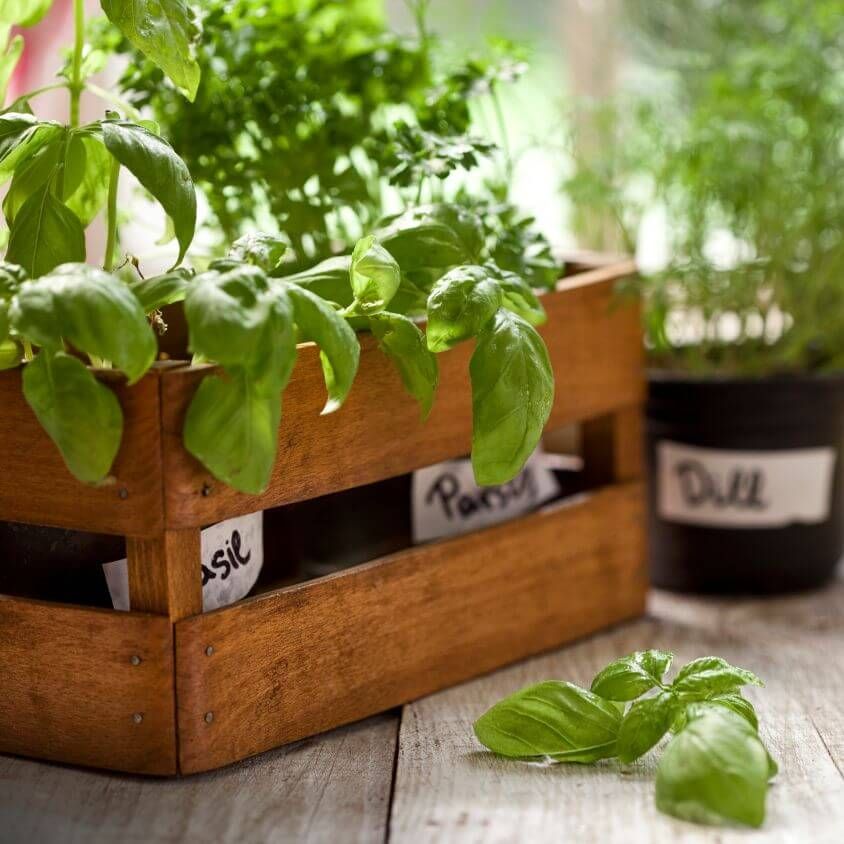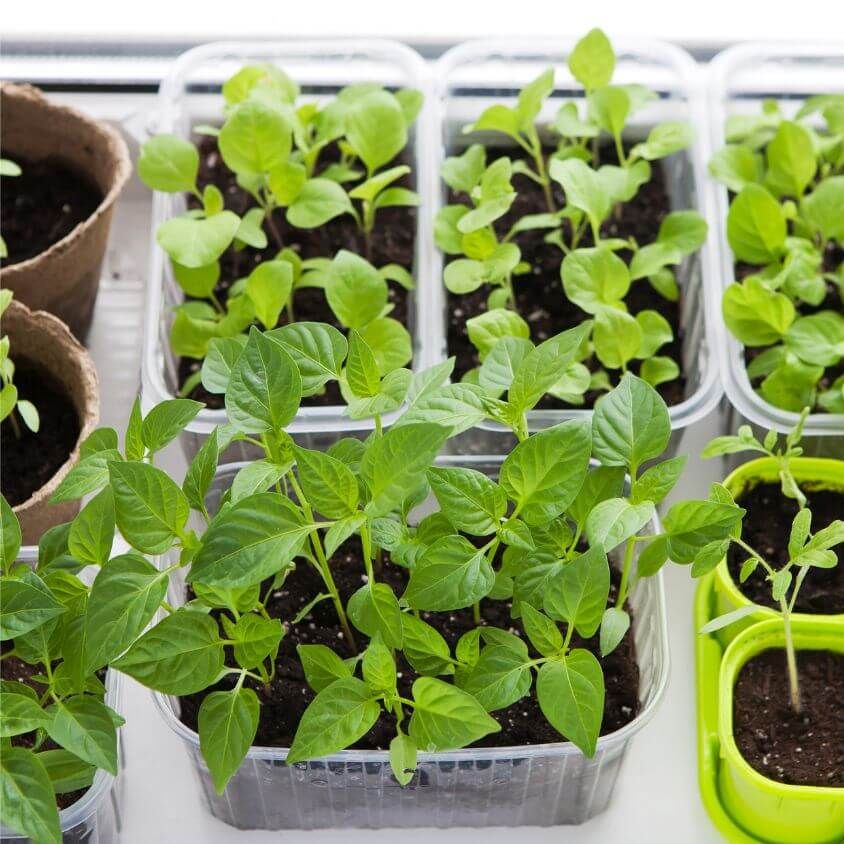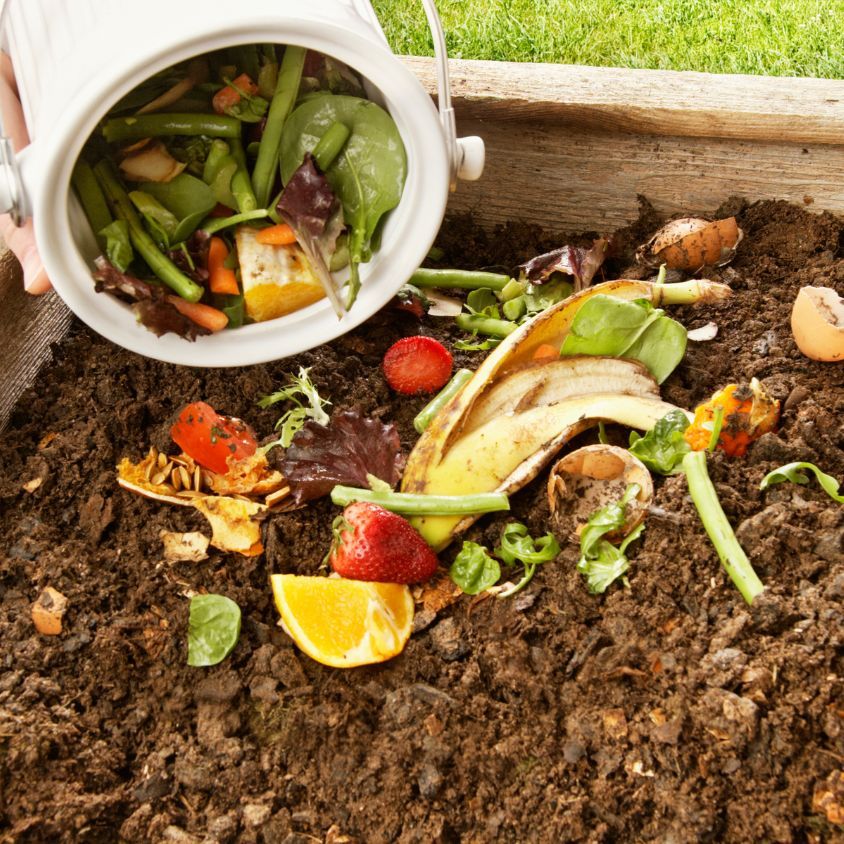
Article-at-a-Glance
Indoor gardens can provide fresh, nutrient-rich food all year round.
Plants indoors improve air quality by removing toxins and producing oxygen.
Gardening activities are known to reduce stress and promote mental well-being.
Starting an indoor garden is accessible and can be done with minimal space and resources.
Indoor gardens contribute to sustainable living by reducing food miles and waste.
Discover the Wealth of Wellness in Your Indoor Garden
Imagine biting into a crisp, juicy tomato or snipping fresh basil right from your living room. With an indoor survival garden, you can do just that—grow a bounty of fresh produce regardless of the season or outdoor space. But it’s not just about the convenience; it’s about cultivating a source of daily wellness right in your home.
Essentials for a Flourishing Indoor Oasis
To start, you’ll need to understand the basics. An indoor garden requires proper light, water, and nutrients. While it might seem daunting, it’s really quite simple. Position your plants where they can soak up plenty of light—natural or from a grow light. Water them regularly but be mindful not to overdo it. Feed them with the right nutrients, and they’ll feed you in return.
Grow Freshness Year-Round from Your Living Room
One of the most significant advantages of an indoor garden is the ability to grow food year-round. No need to wait for the right season or worry about frost. You can harvest fresh herbs, greens, and even some fruits and vegetables no matter the weather outside. This constant supply not only saves you trips to the grocery store but also ensures you have fresh, organic produce at your fingertips.
Thriving Health with an Indoor Garden
There’s something inherently nurturing about tending to plants and watching them grow. But the benefits go beyond the emotional; there’s a wealth of health advantages to be gained as well.
Pure Air, Pure Life: How Plants Clean Our Environment
Plants are nature’s air purifiers. They absorb carbon dioxide and release oxygen through photosynthesis, but that’s not all. Many common indoor plants can remove toxins such as benzene, formaldehyde, and trichloroethylene from the air. This means that by simply having plants in your home, you’re improving the air quality around you.
The Nutrient Powerhouse at Your Fingertips
When you grow your own food, you control what goes into it. This means no pesticides or harmful chemicals—just pure, unadulterated nutrition. Leafy greens, herbs, and vegetables from your indoor garden are packed with vitamins, minerals, and antioxidants essential for good health. Plus, the freshness factor means higher nutrient levels compared to store-bought produce that may have been sitting on shelves for days.
It’s not just about the tangible benefits; surrounding yourself with greenery can have a profound effect on your mental clarity and focus. Plants have a unique way of creating a serene atmosphere, allowing your mind to unwind and recharge. The simple act of caring for your plants can be a meditative practice, helping you to center your thoughts and find calm in the chaos of daily life.
Moreover, the presence of plants in your home can enhance your creative thinking. There’s something about the lushness of leaves and the vibrant colors of flowers that can spark inspiration. So whether you’re working from home or pursuing a creative hobby, your indoor garden can be a source of endless inspiration.
A Green Retreat: Mental Clarity Amongst Foliage
Creating a green retreat in your home isn’t just aesthetically pleasing—it’s a boon for your brain. Engaging with your indoor garden can improve your concentration and even boost your productivity. As you nurture your plants, you’re also nurturing your mind, giving it the space it needs to flourish.
Take the example of the snake plant, known for its air-purifying qualities. It’s a low-maintenance gem that can thrive in low light and doesn’t require constant attention. Having a snake plant in your home office or living space can help you maintain a clear head, all while it quietly works to clean the air you breathe.
And it’s not just anecdotal evidence that supports these claims. Studies have shown that indoor plants can reduce fatigue, stress, and even symptoms of ill health. This connection with nature, even on a small scale, is a powerful tool for maintaining mental wellness.
Touch of Nature: Plants as Stress-Reducers
There’s a reason why we feel a sense of peace when we’re surrounded by nature. Plants have a remarkable ability to help us de-stress and relax. In fact, the act of gardening itself is a stress-reliever. Digging in the soil, pruning, and watering are all activities that can lower cortisol levels—the body’s stress hormone.
Consider the humble lavender plant. Its soothing scent is well-known for its ability to reduce anxiety and promote better sleep. By incorporating lavender into your indoor garden, you’re creating a natural stress-relief remedy right in your own home.
And it’s not just lavender. Many herbs have similar calming properties. A small herb garden on your kitchen windowsill can double as a therapeutic nook, providing both flavor for your meals and a sense of tranquility for your mind.
Setting the Roots: Starting Your Indoor Garden

Getting started with your indoor garden is easier than you might think. You don’t need a green thumb, just a bit of patience and the willingness to learn. Let’s dig into the first steps to creating your indoor oasis.
Selecting the Best Plants for Your Indoor Conditions
First things first: not all plants are suited for indoor life. To set your garden up for success, you’ll want to choose plants that thrive in the conditions you can provide. Here are a few factors to consider:
Light: How much natural light does your space receive? Select plants that match the light levels of your home.
Space: How much room do you have? Make sure to choose plants that can grow comfortably in the space available.
Climate: Is your home warm and humid, or cool and dry? Pick plants that will enjoy the climate of your indoor environment.
For example, if you have a sunny windowsill, herbs like basil and chives would be perfect. If your space lacks light, consider shade-loving plants like pothos or philodendrons.
Remember, the goal is to create a sustainable ecosystem that fits your lifestyle. So choose plants that you’re excited about and that you’ll enjoy caring for.
The Ins and Outs of Planting: From Pots to Planting Mediums
Once you’ve selected your plants, it’s time to consider their new homes. Pots and planting mediums are crucial to your plants’ health. Here’s what to keep in mind:
Pots: Ensure they have adequate drainage to prevent waterlogging, which can lead to root rot.
Soil: Use a high-quality potting mix that’s appropriate for the type of plants you’re growing. Some plants, like succulents, need a well-draining mix, while others, like ferns, prefer something more moisture-retentive.
Size: Choose a pot that gives your plant room to grow but isn’t so large that the soil stays wet for too long after watering.
For instance, a clay pot is great for succulents because it’s porous and allows soil to dry out more quickly. On the other hand, a plastic pot might be better for moisture-loving plants since it retains water longer.
Light It Up: Mastering the Art of Indoor Lighting
Light is life for plants. If you don’t have enough natural sunlight, don’t worry—grow lights are a fantastic alternative. They can provide the full spectrum of light that plants need to photosynthesize. When setting up your lights, keep these tips in mind:
Position the lights close to the plants to ensure they receive enough intensity without scorching the foliage.
Choose LED grow lights for energy efficiency and longevity.
Set a timer to mimic natural daylight cycles, usually 12-16 hours per day depending on the plant.
With the right lighting, even the darkest corners of your home can become productive growing spaces. And the beauty of grow lights is that they let you extend the growing season for your plants, providing them with a consistent light source year-round.
Lighting can be the difference between a struggling plant and a thriving garden. So invest in a good setup, and watch your plants come to life.
Watering Wisdom: Keeping Your Garden Hydrated
Water is essential, but too much or too little can be harmful. The key is to find the right balance. Stick your finger about an inch into the soil; if it’s dry, it’s time to water. If it’s still moist, give it a bit more time. And always water at the base of the plant to avoid wetting the leaves, which can lead to fungal diseases.
Nutrition for Your Plants: Fertilizing for a Bountiful Harvest
Just like us, plants need a balanced diet to grow strong and healthy. A general-purpose fertilizer can work wonders, but make sure to follow the instructions on the label. Over-fertilizing can be just as bad as not fertilizing at all.
Consider organic options like compost or worm castings, which not only feed your plants but also improve soil structure and microbial life. These natural fertilizers release nutrients slowly, making it difficult to overfeed your plants.
Cultivating a Sustainable Future Inside Your Home

Indoor survival gardens are more than a source of fresh produce; they’re a step towards a greener future. By embracing the practice of indoor gardening, you’re actively contributing to a more sustainable lifestyle. It’s a hands-on way to teach yourself and your family about the importance of environmental stewardship, starting right in your own home.
Grow Your Own: Reducing Carbon Footprint One Plant at a Time
Every leaf and every root grown in your indoor garden plays a role in reducing your carbon footprint. Here’s the scoop:
Home-grown veggies mean fewer trips to the grocery store, which translates to less fuel burned and fewer emissions.
Indoor plants can improve air quality, which is especially beneficial in urban areas where outdoor space is limited.
By composting your kitchen scraps, you’re not only creating nutrient-rich soil for your plants but also reducing landfill waste.
It’s a full circle of sustainability that starts with a single seed. When you grow your own food, you’re not just eating well—you’re living responsibly and contributing to sustainable city farming.
From Waste to Resource: Composting in an Indoor Setting
Think composting is only for outdoor gardens? Think again. Indoor composting systems are a game-changer, allowing you to turn everyday kitchen scraps into gold for your plants. It’s simple:
Choose a container suitable for your space, like a small bin or a specialized indoor composter.
Add your organic waste—think fruit peels, coffee grounds, and eggshells.
Let nature do its work. With the right balance of greens, browns, and moisture, you’ll have compost in no time.
Not only does this reduce waste, but it also provides your plants with rich, organic material that supports their growth and enhances soil health.
Frequently Asked Questions (FAQ)
Got questions about indoor survival gardens? You’re not alone. Here are some of the most common queries and their answers to help you get growing.
What Are the Best Plants for Indoor Air Quality?
When it comes to purifying the air, not all plants are created equal. Some of the best options include plants that are beneficial for indoor air quality.
Spider plants: These hardy greens are great at filtering out common household toxins.
Peace lilies: Beautiful and effective, they can improve indoor air quality by removing harmful compounds.
Snake plants: Known for their ability to release oxygen at night, they’re perfect for bedrooms.
These plants are not only functional but also add a touch of beauty to your home.
How Often Should You Water Indoor Plants?
The watering needs of indoor plants vary, but a good rule of thumb is to check the top inch of soil. If it’s dry, it’s time to water. Overwatering can be just as detrimental as underwatering, so it’s essential to understand the needs of each specific plant in your garden.
Is There a Way to Garden Indoors Without Natural Sunlight?
Absolutely! Grow lights are a fantastic solution for spaces lacking natural light. They mimic the sun’s rays, providing your plants with the full spectrum of light they need to thrive. Just make sure to choose the right light for the right plant—some may need more intensity than others.
Can Indoor Gardening Actually Help with Stress Relief?
Indeed, it can. Engaging with plants and soil has been shown to have a calming effect on the mind, reducing stress and promoting a sense of well-being. The act of nurturing something alive is incredibly rewarding and can provide a peaceful break from the hustle and bustle of daily life.
Additionally, the presence of plants in your living space can create a tranquil atmosphere, further contributing to a reduction in stress levels. There’s something about the vibrant green of foliage that brings a sense of renewal and peace to any room.
Therefore, not only does indoor gardening provide a source of fresh, healthy produce, but it also serves as a therapeutic activity that can improve overall mental health.
How Do You Ensure Your Indoor Garden is Eco-Friendly?
To make sure your indoor garden is as eco-friendly as possible, consider the following:
Use natural light whenever possible to reduce energy consumption.
Recycle water from around the house (like from rinsing vegetables) to water your plants.
Opt for organic seeds and soil to avoid introducing harmful chemicals into your home.
Grow plants that have a positive impact on the environment, such as those that require less water or help purify the air.
By following these steps, you can ensure that your indoor garden promotes sustainability and contributes positively to the environment.
There you have it—the full scoop on the benefits of an indoor survival garden. From boosting your health with nutrient-rich foods to creating a serene sanctuary for mental well-being, your indoor garden can be a source of joy and sustainability. And when you’re ready to start or expand your garden, be sure to check out Survival Essentials for a variety of heirloom seeds that can help you grow a bountiful and diverse garden. Happy planting!







Leave a Reply